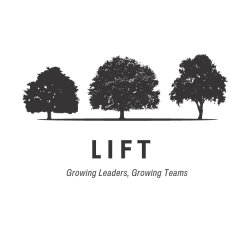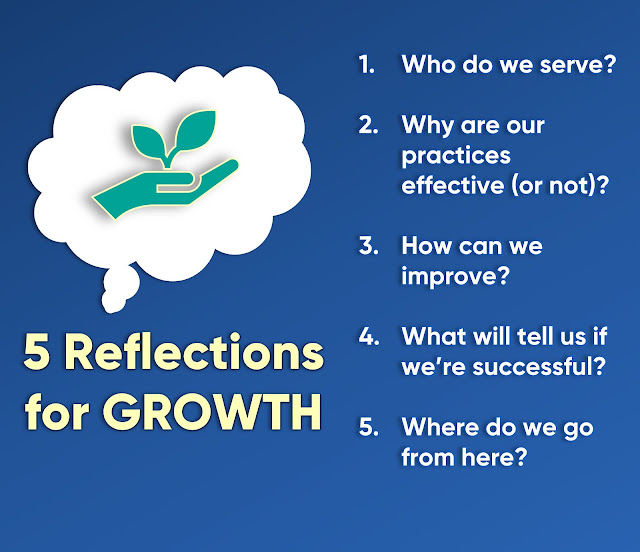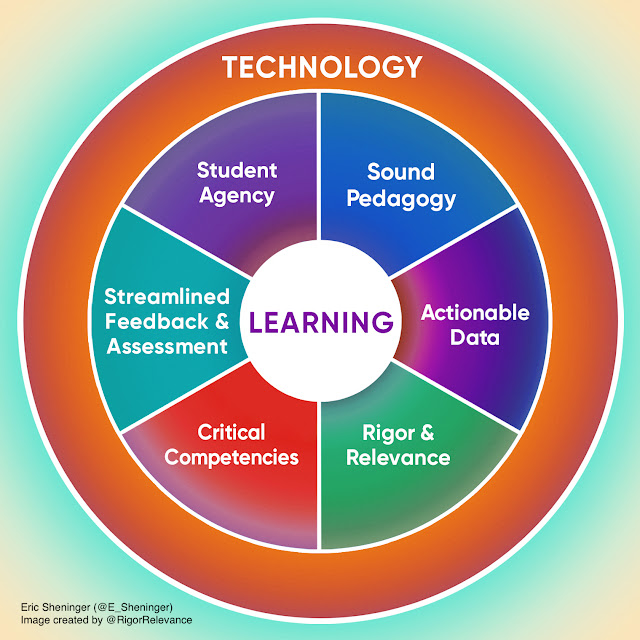The College Board — the organization that designs the Advanced Placement college-level curricula for high school students — recently removed a number of terms from a draft course on African American studies. One of the key words that disappeared ? “Systemic.”
In editing out this term, the College Board lost an opportunity to help young people learn and think critically about the connection between the design of our institutions and the uneven way in which opportunity and resources are meted out in America.
The debate about whether Florida Governor Ron DeSantis influenced this decision misses a bigger point. These language changes speak volumes about the current state of American culture and what’s required to move it forward.
Conservative activists claim that the curricula changes are about keeping “politics” out of the classroom. But I see this as a troubling example of state power being used to censor ideas. I worry about a future where students haven’t been exposed to accurate, complete perspectives on our past.
I think we’d all agree on one thing: The College Board made these changes under pressure.
We can argue about what should or should not be in a school curriculum, but the real work also lies as much in changing the culture that these arguments rest upon.
But where did this pressure come from? Pointing to politicians or social media influencers only gets us so far. We need to look at the cultural mindsets that make it possible for the term “systemic racism” to become a topic of educational controversy.
Cultural mindsets are understandings and assumptions that run under our surface opinions. They shape how we see the world and act in it.
As a psychological anthropologist, I have been studying these mindsets for the last 20 years and have found a set of them — individualism, otherism and fatalism — that underlie many Americans’ thinking about racism. These mindsets don’t justify the College Board’s decisions, but they do show us what must be done to move culture to a place where there isn’t pressure to remove words like “systemic” and “reparations” from a high school class.
These mindsets point to the need for more explanatory stories — in our public discourse and in public education — about social systems of all kinds and systemic racism in particular. These stories must explain why these systems exist, how their design shapes our lives, and what we need to do to redesign them to achieve different results. Importantly, these stories must make the collective importance of this redesigning for the future of our country clear and undeniable.
Digging Into Cultural Mindsets
Systemic racism refers to the way that discrimination and prejudice get written into the code of the policies and practices that shape our lives. This includes the health care system , the criminal legal system , the education system , the housing system , the economic system and more. Experts who study systemic racism agree that our public policies and institutions are set up in ways that provide an unjust advantage to some racial and ethnic groups and perpetuate an unfair disadvantage to others.
Yet there are several cultural mindsets that make the concept of systemic racism fraught for many Americans — particularly white Americans.
First is the idea that success and failure are the exclusive result of how hard someone tries. This individualism underlies the inclination to assess deservingness and determine, paradoxically, that those denied opportunities are undeserving of support. This mindset explains any lack of well-being that someone experiences as a failure of character, leaving no space to critique the broader systems that make opportunities available to some and not others .
The College Board also faced pressure from the cultural mindset of otherism — the threat that many Americans feel to their status as the idea of structural racism has gained currency. In this mindset, apportioning any more for others — even if “more” means recognizing and compensating for injustice — feels like receiving less for themselves.
If these mindsets aren’t toxic enough, the idea of systemic racism presents additional challenges for many Americans.
There is also a strong sense of fatalism — a third cultural mindset — attached to thinking about systemic racism. People understand systems in a nebulous and naturalistic way — that systems are above and beyond human intervention. The result is that people view anything embedded in or caused by a system as intransigent and beyond intervention. As a result, we disengage and resist discussions of problems that are framed at this systems level.
These challenges don’t mean that teachers and students — or those communicating in the public sphere more generally — should shy away from systems discussions. Instead, it highlights the opportunity to lean into such conversations and the importance of an explanatory approach. The very fact that the College Board removed the concept of “systemic” from the curriculum shows us just how important it is to discuss and explain systems: how they work, their effects and how they can be redesigned.
Until those of us who are working to shape the discussion in and outside the classroom shift these underlying mindsets and rebalance the cultural terrain that shapes Americans’ understanding about racism, people who are responsible for making decisions about our country’s institutions (like our education system) will be bound and limited in the directions they feel they can pursue to achieve full inclusion, opportunity, access and equity. We can argue about what should or should not be in a school curriculum, but the real work also lies as much in changing the culture that these arguments rest upon.
This requires persistently advancing a narrative that makes the effect of systems on the social problems we experience clear and apparent. It requires a narrative that makes the designed nature of these systems undeniable. It requires a narrative that talks with pragmatism and hope about our ability to redesign these systems for more equal outcomes and establishes the urgency of these changes in securing a future for the country in which everyone has a part and an opportunity to be well and thrive.
Pushing back against mindsets that lead to bad decisions — like censoring history lessons for students — requires advancing alternative ways of thinking that make better decisions seem like common sense.





.jpg)
.jpg)
